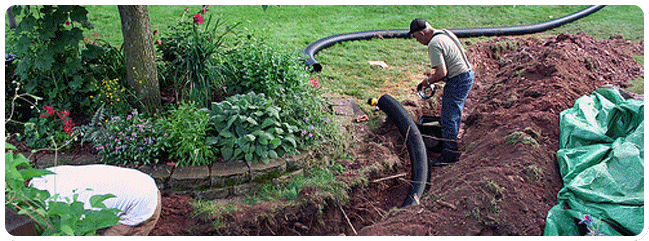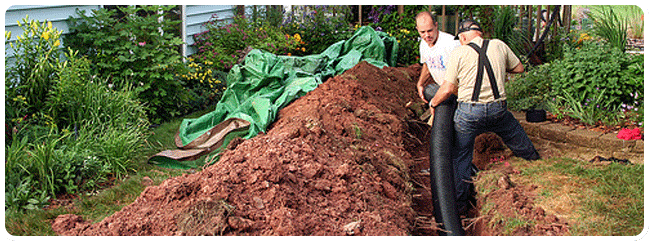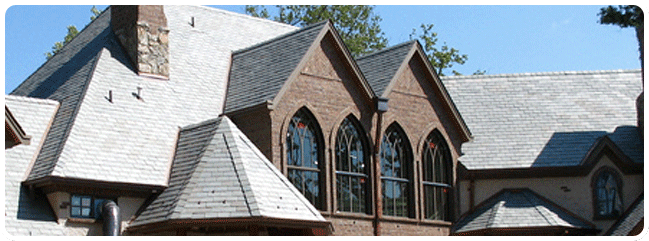Spotting some roofing problems early can save you a fortune. Luckily, we’ll share some common roofing problem, such as:
Here are 3 common roofing problems:
Design Problems
Design related problems are expensive to correct, and normally the corrections must be done while the replacement of the roofing material is undergoing. Some examples are:
– Weak structure supporting the roof that might deflect excessively under active loads.
– Improper roof slope, sagging roof or inadequate drainage system, resulting in accumulation of water.
– Incorrectly system to allow expansion and contraction at changes in deck material or changes in direction.
– Incompatible roof materials. Source: about
Leak and Moisture Problems
The C.A.R.E. CD-Rom also pinpoints improper installation of flashing as a source of leaks on torch-applied modified bitumen roofs. Inadequate head laps and backwater laps are another mod bit installation problem that can allow moisture infiltration. “Water can get under the membrane if the field of roof is installed so that water flows against the lap. The consequences of backwater laps are leaks and blisters, which can lead to roof failure,” C.A.R.E. explains. With cold-applied modified bitumens, improper storage of materials can result in moisture infiltration built into the roofing system, and under-application of adhesive can result in poor lamination and roof leaks. Leaks can result when single-ply membrane roofs are installed with poor seams. “You’ve got to have good seams with single-ply, because if you don’t, you don’t have much. The membranes themselves will hold water. You’ve got to have the seams either glued or heat-welded properly,” Harriman explains. Source: Buildings
Drain Flashing Problems
A roof’s drainage system includes the gutters, leaders, drain openings and scuppers, as well as the slope provided by the structural deck, tapered insulation, crickets and sumps. The primary function of the drainage systems is to prevent the retention of water on the roof by removing water from the roof as quickly as possible. Every roof, including so-called “dead-level” roofs, must have some provision for drainage. Further, it is important that the drainage system be kept free from debris that might interfere with the proper flow of surface water.
Many roof problems can be traced directly to inadequately designed or improperly installed drainage systems; for example, the use of only one drain; the failure to install overflow scuppers in parapet walls; the placement of drains next to support columns instead of at points of maximum deflection; loose or missing drain clamping rings. Ponded water is the principal indication of inadequate drainage, and may indicate the presence of structural defects. Source: RoofHelp
Contact:
Kerrisdale Roofing and Drains Ltd. Ltd.
168 W 71st Ave, Vancouver, BC V5X 4S7
Email: kerrisdalerd@gmail.com
Office: 604-360-2114



















